If you are wondering how to convert measurements from the imperial system to the metric system, our basic metric conversion chart will help aid you in doing so!
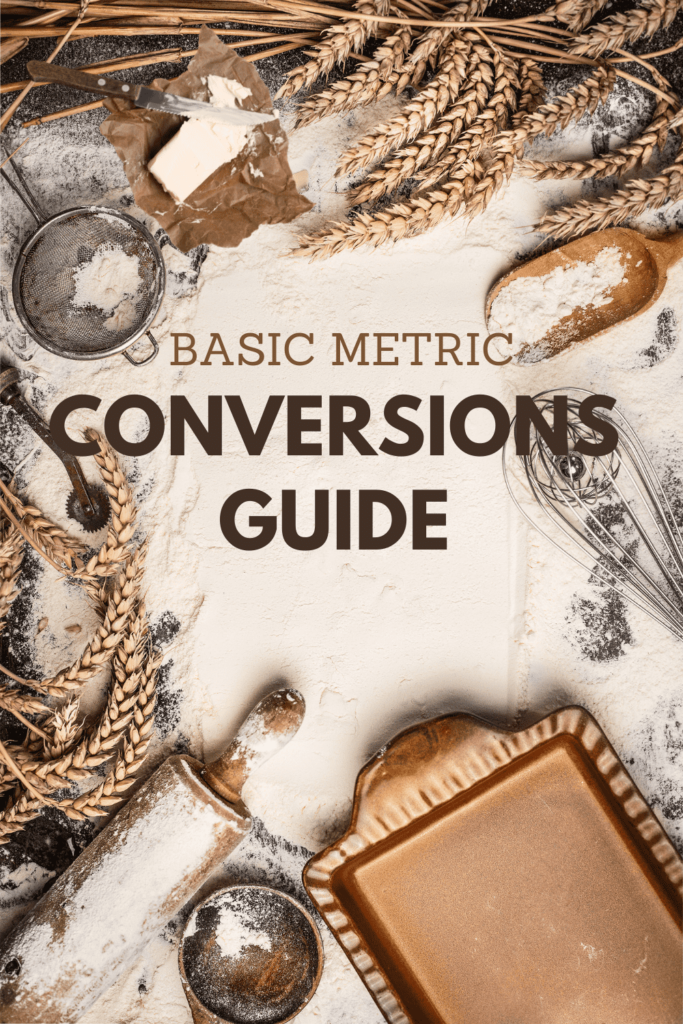
While we know that most of our audience is US based, we do have a growing following that uses the metric system. We do plan to update each individual post with an option to immediately click to see imperial or metric; however, at this time we thought this was our best option.
Just a note that some people call the imperial system the customary system.
Why the US is only one of three countries in the entire world that still uses this system is lost on us; however, it’s where we are. Those other two countries are Liberia and Myanmar in case you were wondering.
Therefore that means that everyone else is using the metric system. Now, don’t get us wrong, there are people in many countries that know how to use both, but the standard is the metric system.
It’s also important to note that traditionally speaking when we are talking about baking and accuracy, the metric system is much more accurate. Sorry friends, it’s true.
People in the US (unless traveling outside the US), really only have experience with the metric system when in chemistry class. Otherwise, it’s none existence to us.
Crazily, since it’s a system based on factors of ten, it’s actually much more simple to understand once you get the hand of remember what means what.
So whether you are here to convert our recipes from imperial to metric or you found a recipe in grams and want to convert it, we hope that this post helps you along the way!
Basic Knowledge of Imperial System Vs Metric System
The imperial system uses measurements like ounces and pounds, feet and inches. However, the metric system uses meters and grams and adds prefixes to those measurements to increase their value like kilo, milli, and centi.
This also affects the temperature scales as well as weight and distance scales. In the US, Fahrenheit is the common temperature gauge, whereas elsewhere Celsius is used.
Note that all the measurements listed below are estimates. They are a starting point and may not work for all recipes, kitchens, or appliances.
Never miss another post! Sign up for our weekly newsletter and get them all delivered easily! Plus, 15 easy recipes delivered immediately!
Sign Up For My Newsletter Today!
Fahrenheit to Celsius Conversion Chart
This is probably the easiest chart to convert in the post we are discussing here today because it’s only one thing you have to consider and that’s a simple formula. The formula for converting Fahrenheit to Celsius is:
C = 5/9 x (F-32)
So in order to figure out the equation, you:
- Subtract 32 from the Fahrenheit temperature.
- Multiply this number by five.
- Divide the result by nine.
Example: Our temperature is 350 degrees Fahrenheit. First, take 350-32 = 318. Then multiple 318 x 5 = 1,590. And finally divide 1,590 x 9 = 176.6.
So if a recipe called for something to be baked at 350 degrees F, you would in turn do 176.6 degrees C.
Now, math may not be your thing, so let’s make your life easier!
Alternatively, if you know the Celsius number but need to convert to Fahrenheit, you would use the formula 1.8XC+32.
Example: You know the temperature is 177°C. You would do 1.8×177+32 = 318.6+32 = 350.6°Ffa or roughly 350°F.
| Fahrenheit | Celsius | |
| Freezing Water | 32°F | 0°C |
| Boiling Water | 212°F | 100°C |
| Baking | 150°F | 65.5°C (65°C) |
| 200°F | 93.3°C (93°C) | |
| 250°F | 121.1°C (130°C) | |
| 300°F | 148.9°C (150°C) | |
| 325°F | 162.8°C (165°C) | |
| 350°F | 176.7°C (177°C) | |
| 375°F | 190.6°C (190°C) | |
| 400°F | 204.4°C (200°C) | |
| 425°F | 218.3°C (220°C) | |
| 450°F | 232.2°C (230°C) | |
| 500°F | 260°C (260°C) |
The first celsius numbers are the exact degrees and the number is parentheses is the standard conversion that most people say.
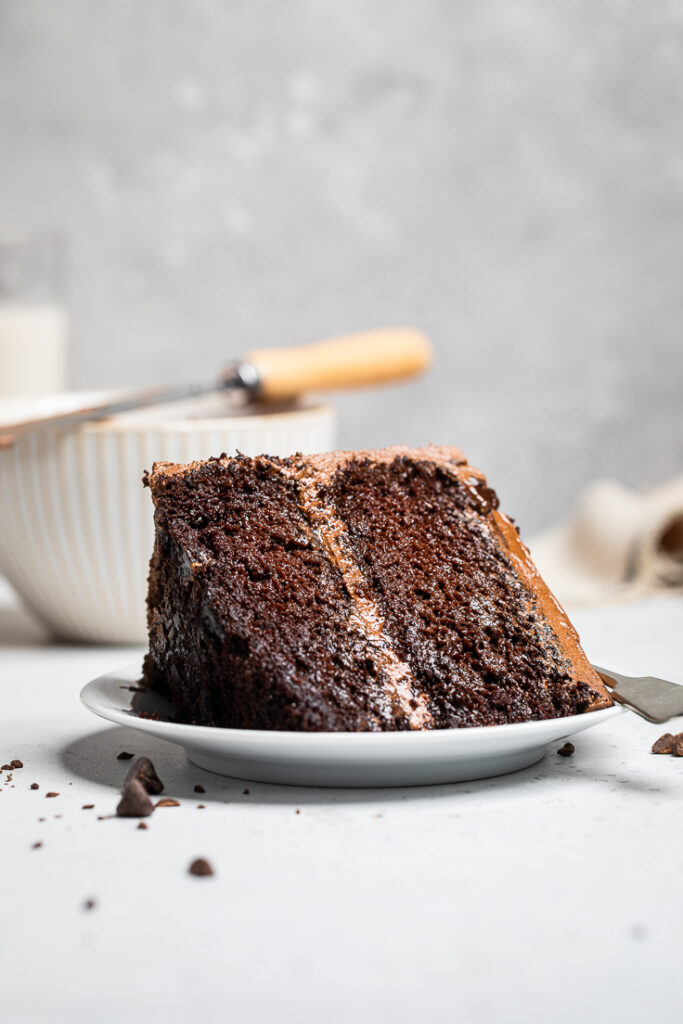
US to Metric Conversion Chart
When measuring ingredients the imperial system uses cups, ounces, and pounds; whereas the metric system relies on liters/milliliters, and grams.
For weight, grams are used; whereas for volume, liters are used. Prefixes are used when something is bigger or smaller than the standard. For example, milli is a thousand times smaller than a liter and kilo is a thousand times bigger. Deci (10 times smaller) and Centi (100 times smaller) are other prefixes that you may encounter in the metric system.
Liters are typically used for liquids. The majority of non-liquid ingredients use grams.
Liquid Measurements (Volume)
| US Imperial Measurement | Metric Equivalent |
| ½ teaspoon | 2.5 mL |
| 1 teaspoon | 5 mL |
| 1 ½ teaspoons | 7.5 mL |
| 2 teaspoons | 10 mL |
| 1 tablespoon | 15 mL |
| 2 tablespoons | 30 mL |
| ¼ cup (2 fluid ounces) | 60 mL |
| ⅓ cup | 80 mL |
| ½ cup (4 fluid ounces) | 120 mL |
| ⅔ cup | 160 mL |
| ¾ cup | 180 mL |
| 1 cup (8 fluid ounces) | 250 mL |
| 1 ½ cups | 370 mL |
| 2 cups (1 pint) | 500 mL |
| 4 cups (1 quart) | 1 L |
| 16 cups (4 quarts or 1 gallon) | 4 L |
Non-Liquid Measurements (Weight)
When it comes to non-liquid ingredients, we have to keep the weight of the original ingredient in mind. For example, you would hold flour vs rice in your hand, you can tell one weighs slightly more.
| Standard Cup | Fine Powders (ex. all purpose flour) | Grains (ex. rice, quinoa) | Granulars (ex sugars) | Liquid Solids (ex. vegan butter, coconut oil) |
| ⅛ cup | 18g | 19g | 24g | 25g |
| ¼ cup | 35g | 38g | 48g | 50g |
| ⅓ cup | 47g | 50g | 63g | 67g |
| ½ cup | 70g | 75g | 95g | 100g |
| ⅔ cup | 93g | 100g | 125g | 133g |
| ¾ cup | 105g | 113g | 143g | 150g |
| 1 cup | 140g | 150g | 190g | 200g |
Please keep in mind that these are all estimates. All purpose flour is a different weight than almond flour or even whole wheat flour. This is just a rough guide, but may not work for all recipes.
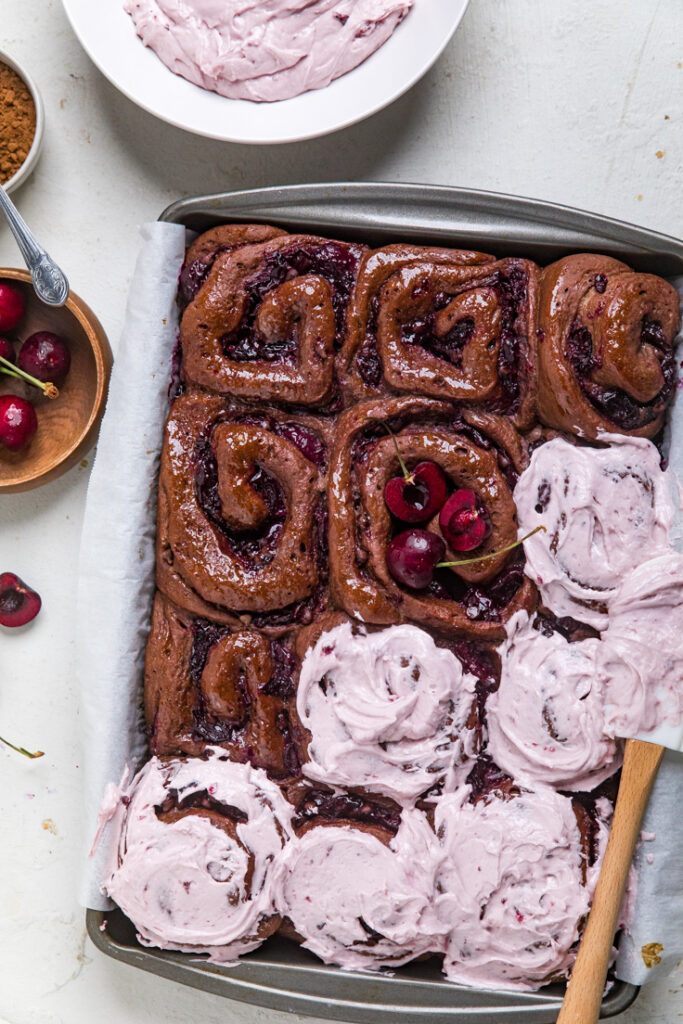
Length
Lastly we need to look at length. The Imperial system uses inches and feet, wheres the metric system uses centimeters and meters. Now, for cooking and baking, we don’t use length that often; however, for certain recipes, like cinnamon rolls or breadsticks, we do need to use some length measurements. Also sometimes baking pans are listed in inches like 13×9″ casserole dish.
For this equation, you want to Xin*2.54 = cm.
Example: 5in*2.54 = 12.7cm
| Inches | Centimenters |
| 1 in | 2.5cm |
| 6 in (½ ft) | 15cm |
| 12 in (1 ft) | 30cm |
| 36 in (3ft or 1 yard) | 90cm |
| 40in | 100cm (1 m) |
Standard Pan Sizes
| Imperial Pan Size | Metric Pan Size |
| 8×8 pan | 20x20cm |
| 9×9 pan | 23x23cm |
| 13×9 casserole dish | 33x23cm |
| 9x5x3 loaf pan | 23x13x6cm |
| 9 inch pie plate | 23×3 |


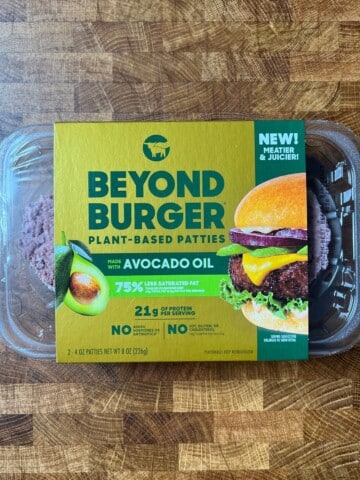
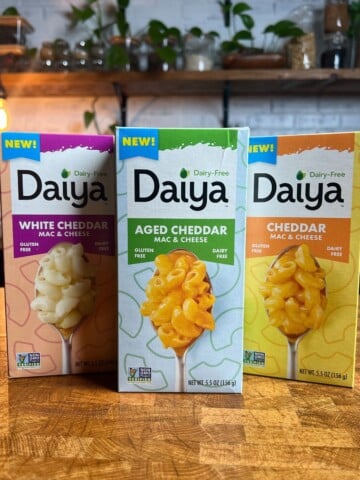
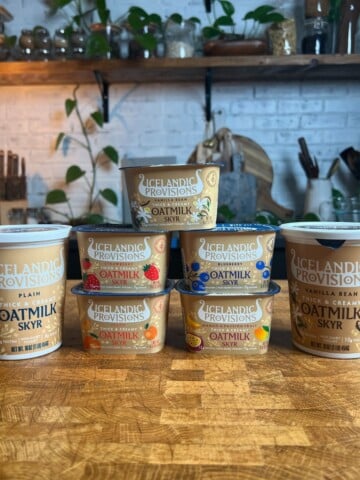
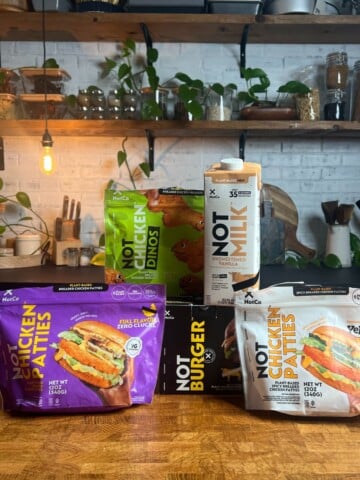
Leave a Reply